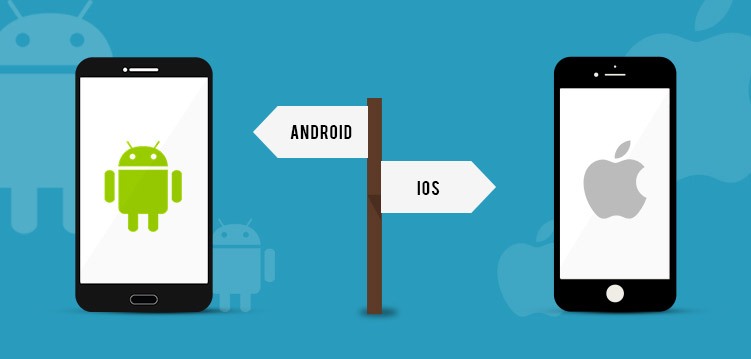For much of the history of computing, hardware tended to be specialized towards specific tasks – and that meant that operating systems were developed to enable those tasks to be carried out as efficiently as possible.
In the last ten years though, the raw power available on devices has meant that most devices have becomes much more generalized – and this has been reflected in the operating systems that they run. It’s no longer the case that one system might be preferable for graphics applications and another for raw number crunching, particularly at the home user level; however, the trend to develop software primarily for one operating system or another continued until the smartphone revolution was well underway.
Different strokes for different folks.
Now, the choice of which digital environment to develop for is less to do with the hardware resources available, and more to do with the potential audience you’d like to reach. While Android devices reach a far larger audience in terms of number of users, iOS devices have almost double the revenue from sales via the Apple app store . Apple devices are far more popular in developed countries among wealthy customers, with Android devices prevalent in the rest of the world. Dividing your potential audience along these lines can be beneficial when it comes to producing targeted products aimed at specific demographics, but what if you want to reach both?
What is cross platform development?
Cross platform development is the attempt to create products that are not dependent on a particular digital environment to run. Cross platform development can take different forms. At its most basic, it can involve simply developing a product in two versions, one for each operating system. While it’s likely to be the most thorough way to make sure that your product runs as it should on both systems, the drawbacks can be restrictive. It can require twice the development time, and also needs to double the support for future operating system updates. It can also lead to a “worst of both worlds” scenario, with features stripped back to make sure the software runs the same in both environments. However, it can be a good approach to take, particularly for simpler developments – or for companies with significant resources at their disposal
The Native option
Another option is to use a framework to develop within that will run on any native environment. One such approach is React Native, developed by Facebook and able to run on iOS, Android, and Windows devices. This can maximize the potential audience easily, as by piggybacking on something developed by one of the internet’s major players, you can be guaranteed continued support for the product in the future. It also has some drawbacks though; because it operates as a framework to be worked within, there can be less scope for development outside its intended use. Although many developers are finding innovative ways to create apps within it, it will always be in the context of the frame it exists within; not only that, but you’re also ultimately beholden to a third party to ensure continued support and functionality when you need it. Other frameworks are also available, so choosing the right one is a significant decision to take. This is when it pays to take advice from a specialist enterprise application development service to ensure that you choose the right cross platform solution for your business.






